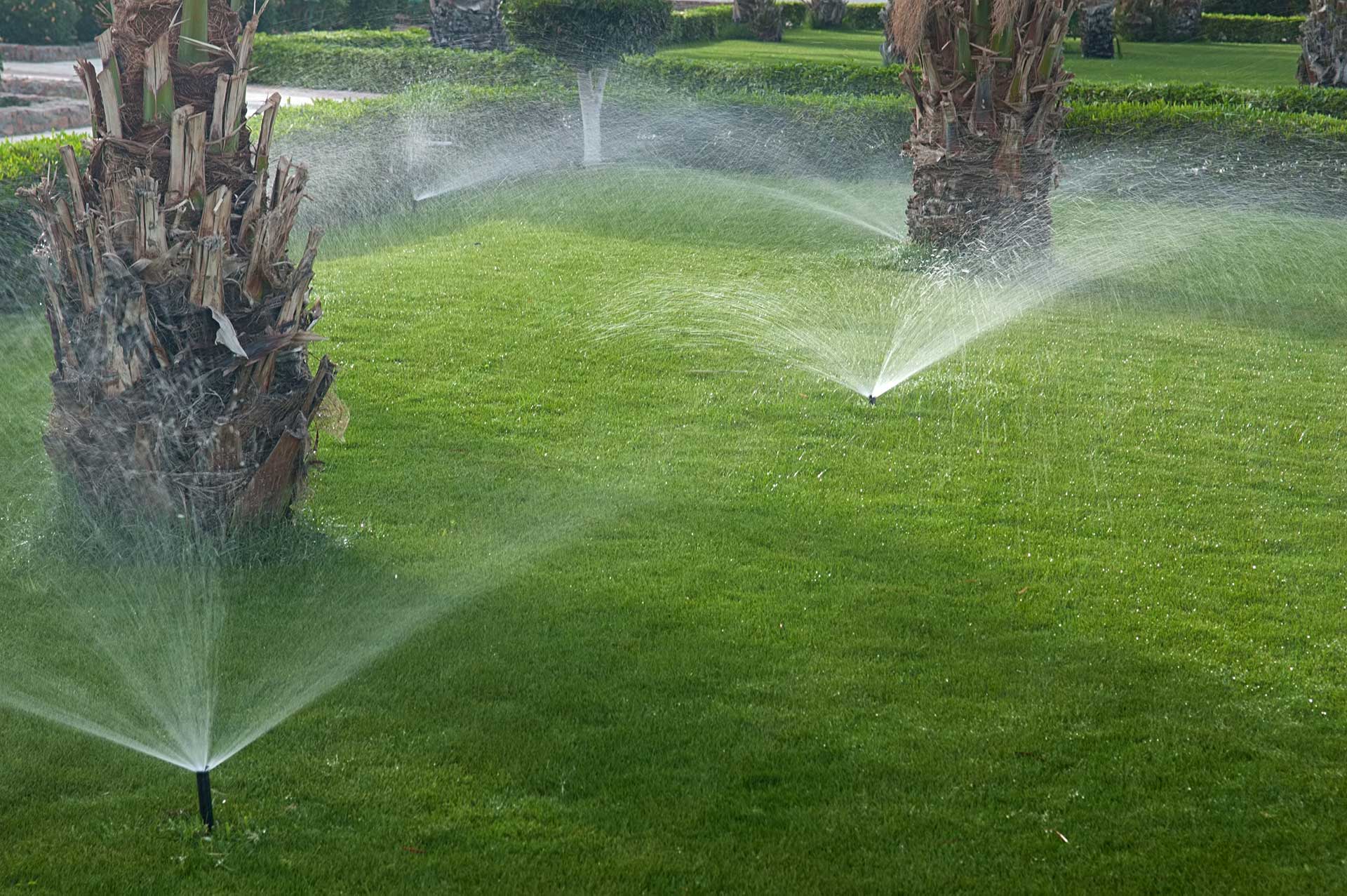You might not know much about how to handle lawn care for your landscape. But even a novice to lawn care knows that you need to water your lawn for it to survive. After all, water is a building block of life. And nobody wants dead grass.
So what is the first thing we do when we fear our lawn is dying? We drown it to death! Drowning leads to frowning. We are going to give you some tips on how to properly water your Florida lawn so that you aren’t committing murder to your beautiful landscape. Now, let’s turn those frowns upside down!
Tip #1: Use Rain Water!
Living in Gulf Breeze, you have a great resource of water in the form of this thing we call “rain.” Something that Californians know nothing about. As a matter of fact, Gulf Breeze gets quite a surplus of those wet drops that fall from the sky. With an annual average of 59 inches of rain a year, Gulf Breeze is far above the 37 inch average that the rest of the United States sees.
So what should we do with all of this water? Collect it! Rain barrels are a great and easy way to conserve city water. Just place a barrel underneath your downspout, and collect all the run-off from the gutter. Not only are you stopping all these renewable resources from being wasted down in the sewer systems, but you’re also helping save lakes and oceans from overflowing.
What is even better about rain water is that it is organic. It is not chemically treated with fluoride like our city water, making its nutrients that much yummier to our grass.
Looking to save even more rain water? Try cutting your grass when rain is in the forecast with a mulch tool attached to your lawnmower. This aerates your soil, allowing the microorganisms in it to soak up more water when it rains. Also, when you use the mulching tool, it leaves grass clippings in the mower’s wake. With grass clippings being 85 percent water, more organic nutrients are being added to your lawn.
Tip #2 Know Your Grass
Grass is like snowflakes. No landscape is the same. Climate effects soil pH, which effects how much water is needed, and then factor in the sun, and then carry the 2, and divide by 3.14 ,and get the square root, and AHHHH!
Basically, if you are living in Gulf Breeze, Florida (which I assume you are. If you are from North Dakota, just leave), there are three main grass types that you find yourself dealing with. Let’s talk a bit about them and the different requirements needed for them to flourish.
St. Augustine
St. Augustine grass is pretty tolerant of drought. So there is no need to over water this grass, especially in the rain-heavy Gulf Breeze summers. However, in the late-fall and winter months, St. Augustine grass can grow dormant. You can tell during these months that your grass will be in need of watering because it will go from a dark green hue to a gray-blue. From there, use a wooden stake to make sure the first six inches of soil are moist when you do water. Then move on with your day.
Zoysia
Zoysia is pretty drought resistant. So like we said with St. Augustine grass, during the rain-heavy months just monitor the hue of your lawn. You want to make sure that your zoysia grass gets one inch of water so that the soil underneath the turf can soak up the nutrients. During winter months, zoysia will become dormant. An irrigation system might be helpful here to ensure that your grass is getting at least ½ an inch of water to prevent it from browning.
Bermuda
Photo: Flickr / Scot Nelson
Bermuda is a very versatile grass. It handles drought well, and thrives in either full sun or in shade. Like the other three we mentioned, let the hue talk to you. Once color begins to change, that’s when the water should start flowing! In the winter months, Bermuda becomes dormant. Limit your watering to once a month from November until March when the heat picks back up.
Tip #3- Use an Irrigation System!
I mentioned earlier with zoysia grass that irrigation is really helpful, but the truth of the matter is irrigation systems are great for all grass types. When I say, “irrigate,” it can simply mean using a hose or sprinkler. However, that can also lead to over-watering, which is bad for your grass and the environment. Irrigation systems allow you to get deep down into the roots of your grass. This is wonderful for many reasons.
Irrigation systems eliminate evaporation from the sun, which allows the microorganisms in your soil to reap the benefits of the water’s nutrients.
It doesn’t interfere with mulching done above the grass, because all the work is being done underground.
Drip irrigation can supply one to four gallons of water directly to the soil.
Setting a timer can allow you to give just the right amount of water to your lawn.
Now you are up to speed with watering tips for your Gulf Breeze, Florida lawn. Utilize the Sunshine State’s heavy rainfall to your advantage. It’s free! Be aware of what type of grass you have, and pay attention to its specific watering needs. Once you know how much water your grass needs, implement an irrigation system that works for you. In no time, your landscape will flourish and you will be the talk of the neighborhood!

